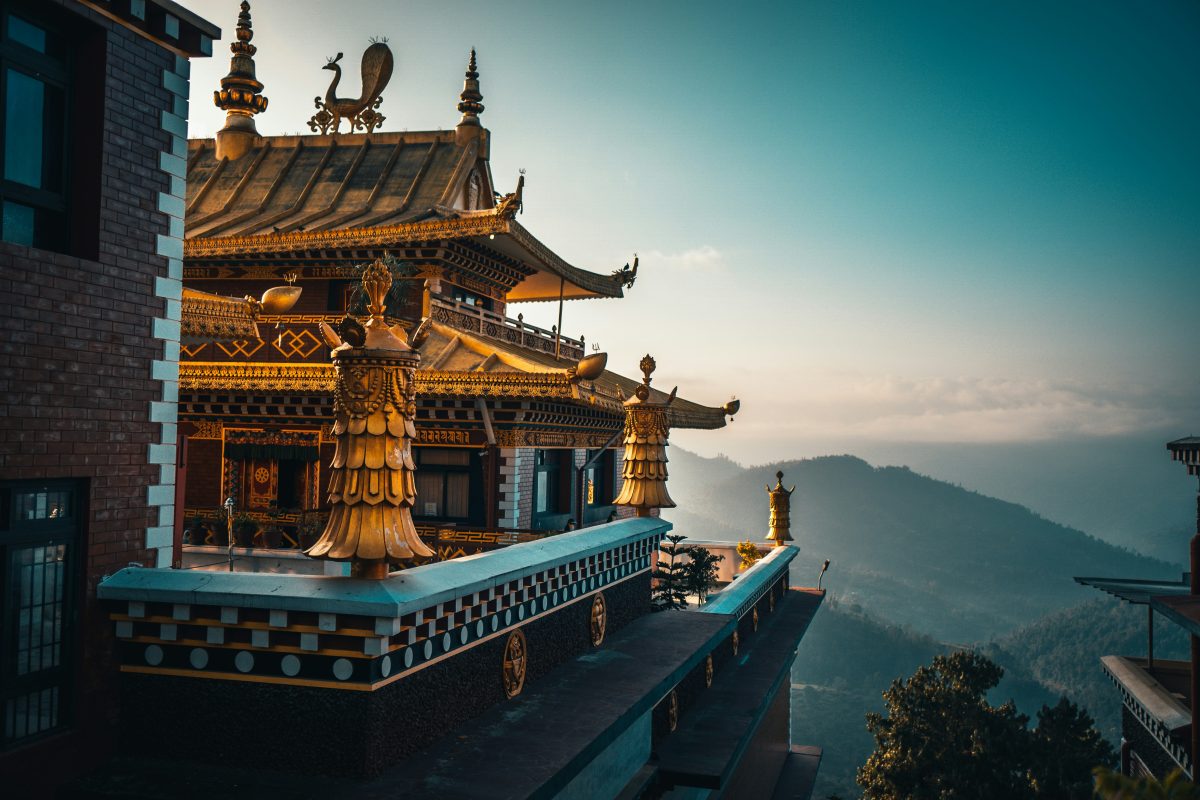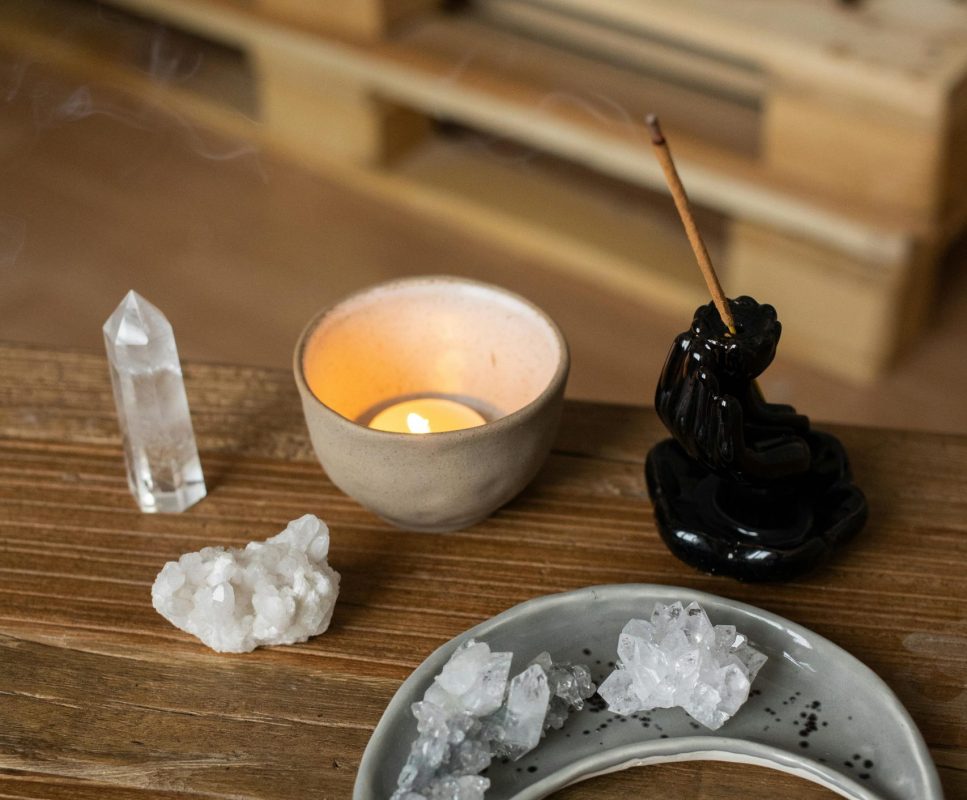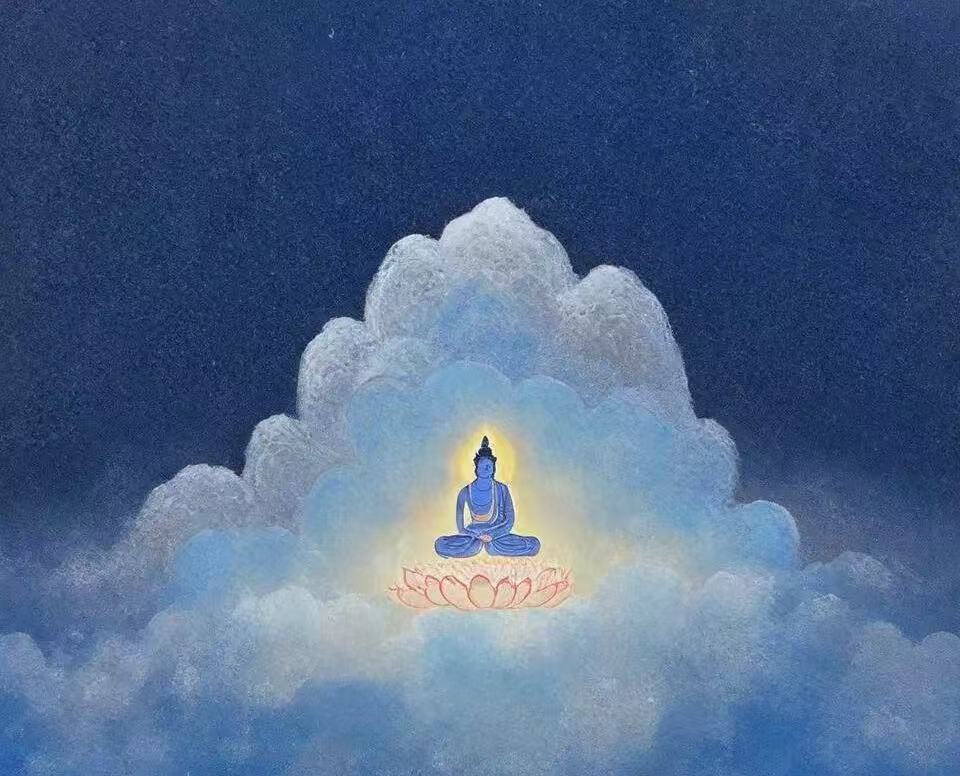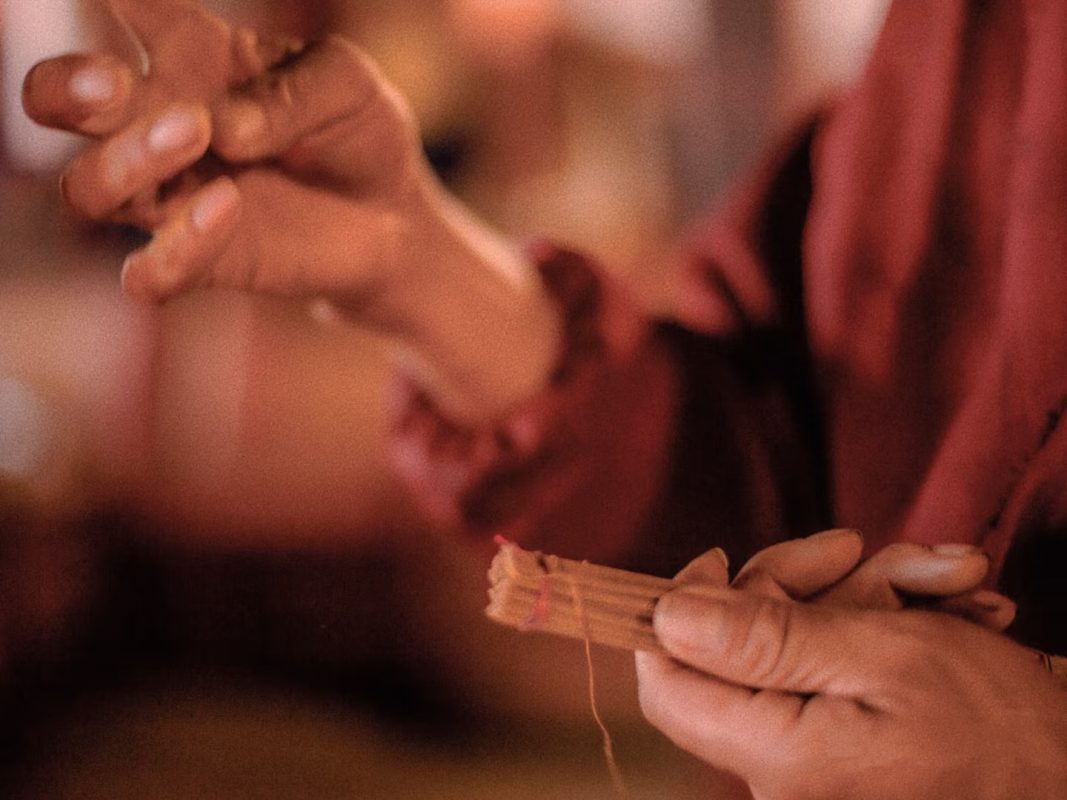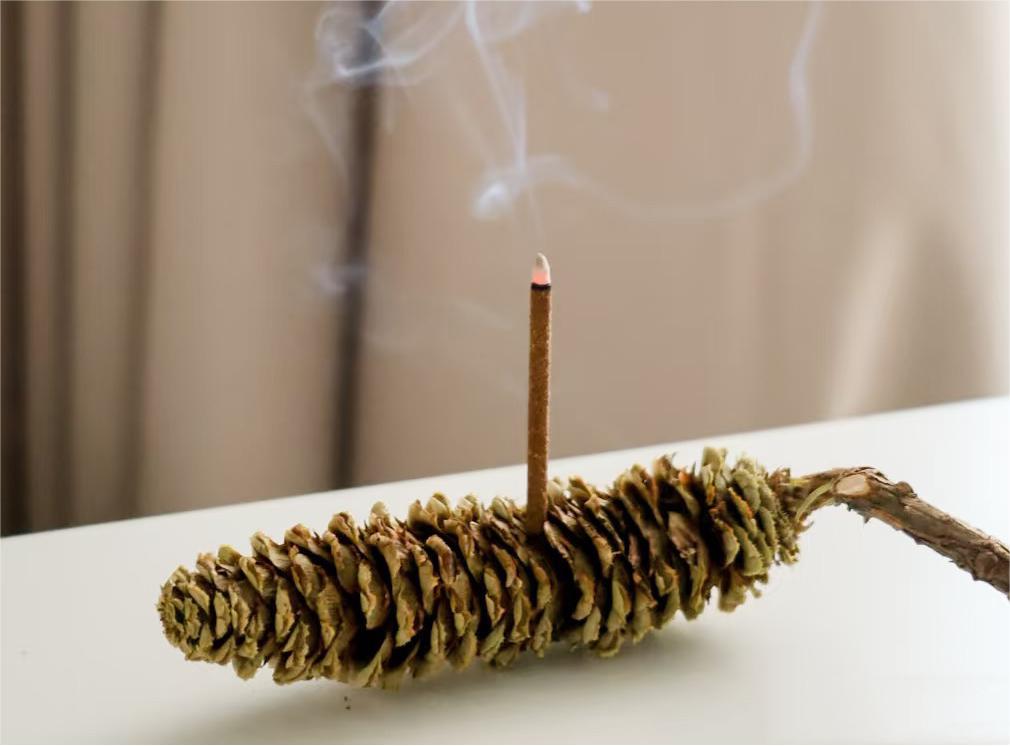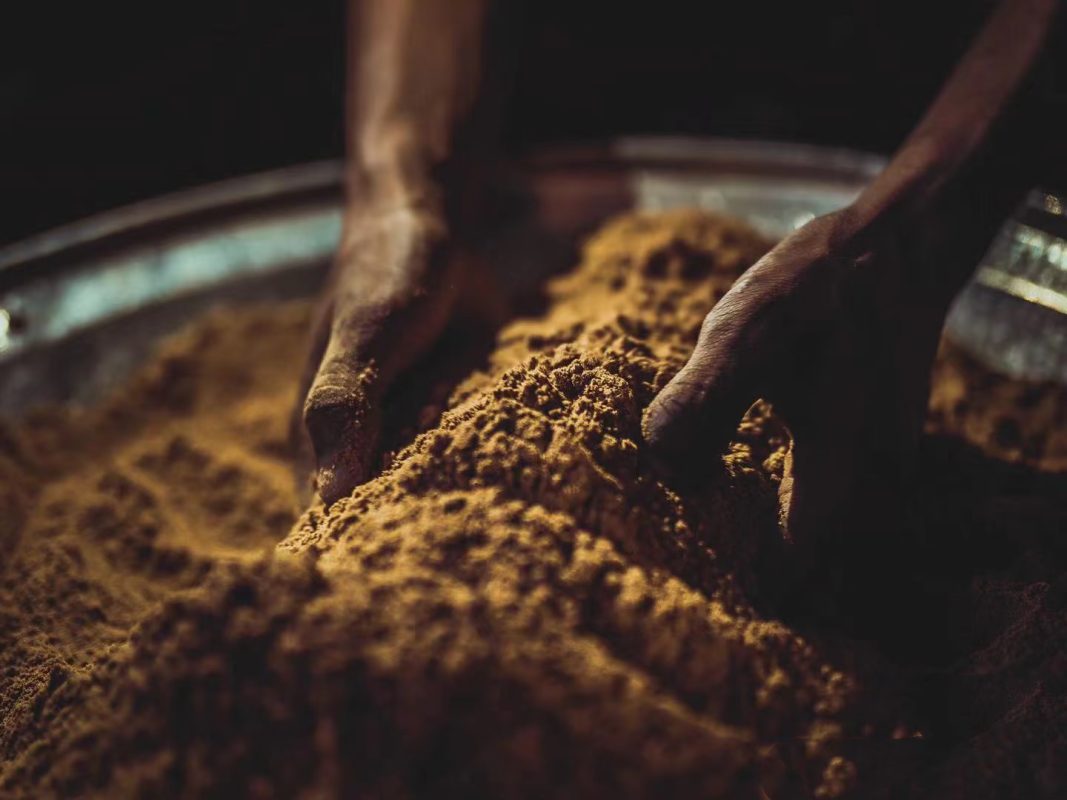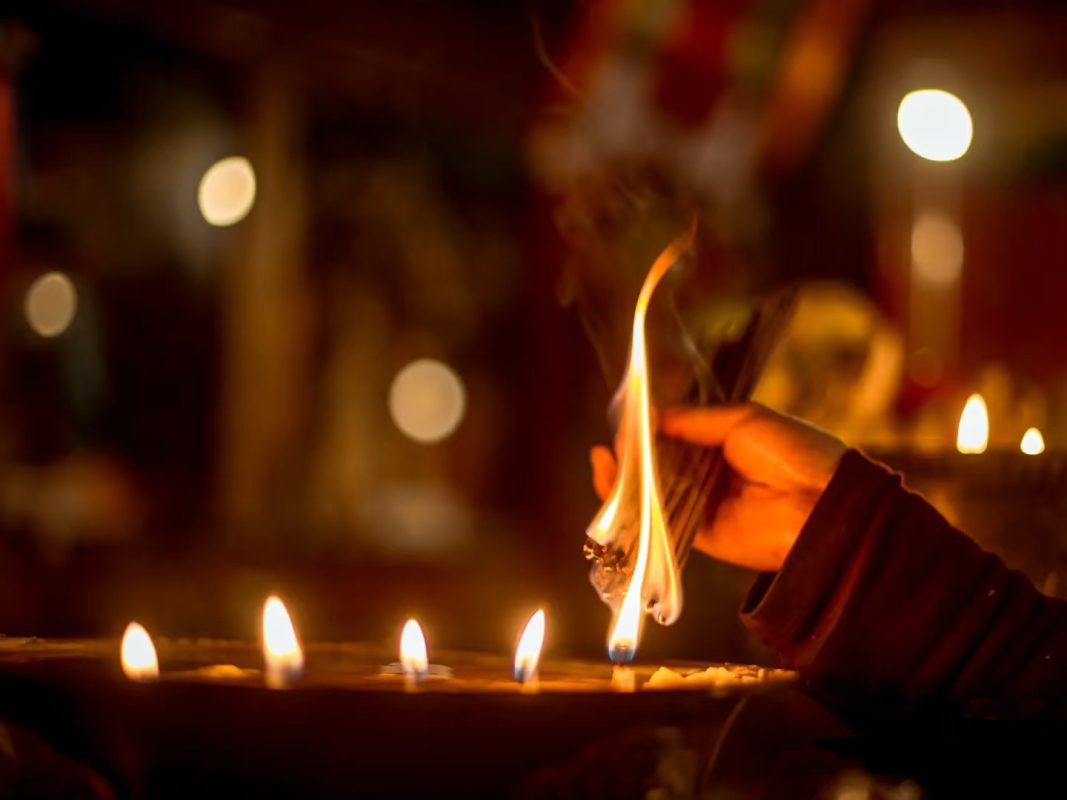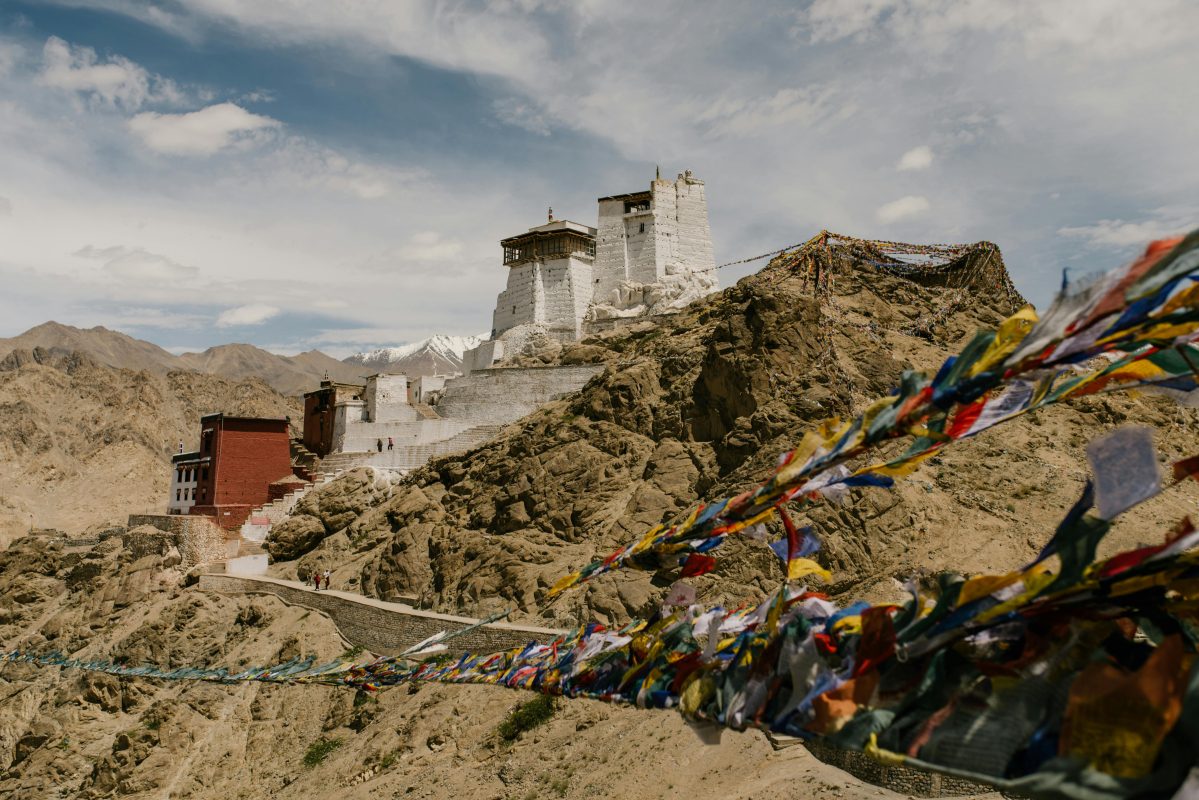Blog
Mindroling Monastery: A Hidden Gate of Light in the Heart of Tibet
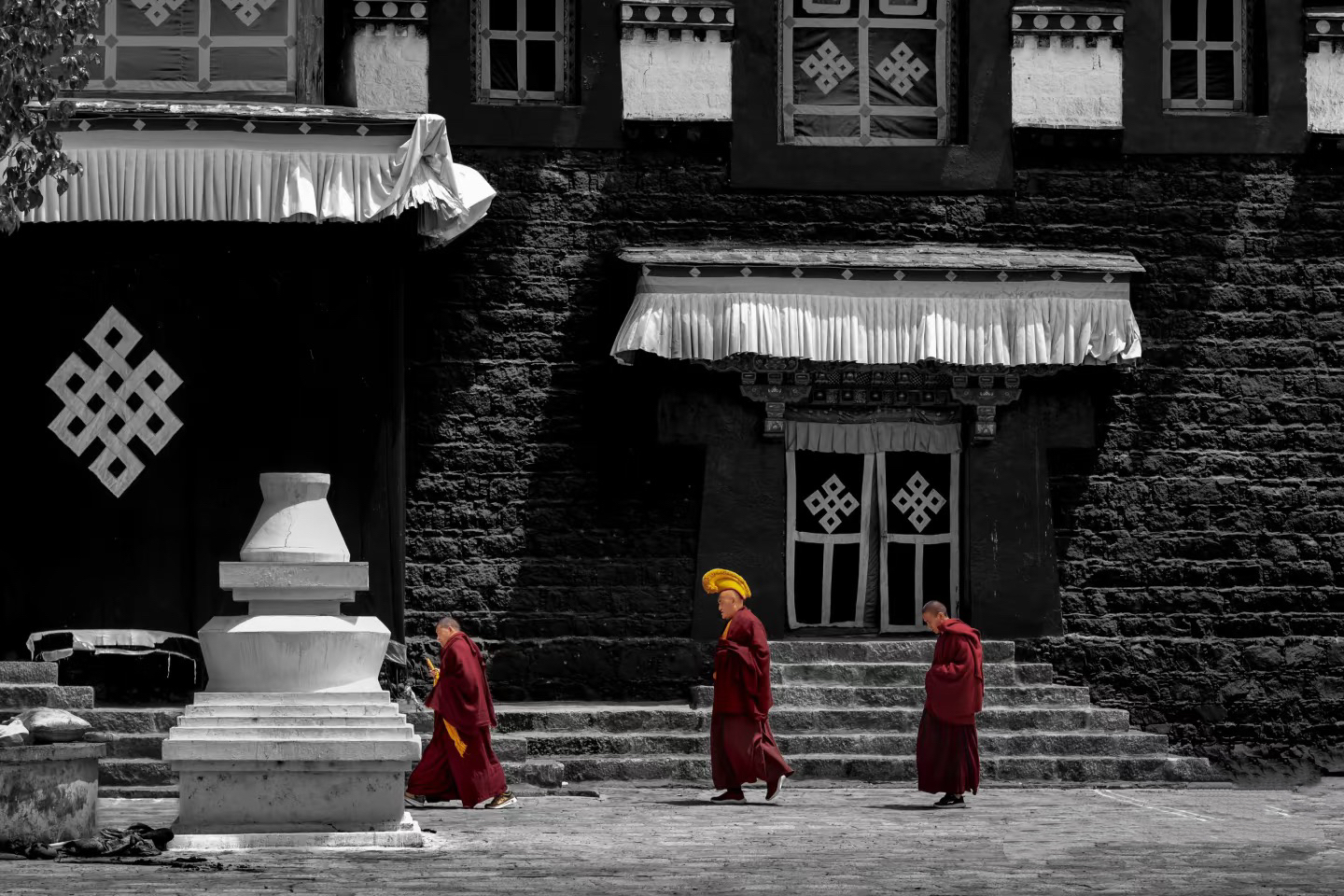
In the ancient land of Tibet, where the mountains touch the sky and silence has a sound, there stands a monastery that few speak of, but none forget. Shrouded in cloud and wrapped in centuries of prayer, Mindroling Monastery in Shannan is a place where history, prophecy, and divine purpose converge.
It is not merely a monastery—it is a living library of time. A mystical stronghold where the very architecture hums with intention, and the winds seem to carry whispers from another world.
Founded for a Greater Purpose
Mindroling, meaning “Place of Perfect Emancipation,” was founded in 1676 by the great master Rigzin Terdak Lingpa, a revered tertön (treasure revealer) of the Nyingma school, the oldest of all Tibetan Buddhist traditions. Terdak Lingpa was not only a visionary teacher, but one whose presence was said to ripple through dimensions. Legends tell of his deep connection to Padmasambhava, the great tantric master who brought Buddhism to Tibet, and of rituals that could shift entire weather patterns.
His vision for Mindroling was grand—not only as a monastic institution, but as a school of higher learning, dedicated to preserving rare teachings, tantric practices, and the vast expanse of Buddhist philosophy. It became a sanctuary for terma (hidden teachings) and sacred arts, attracting scholars, yogis, and reincarnated masters from across the Himalayas.
Destroyed and Reborn
Like many sacred sites in Tibet, Mindroling faced destruction during turbulent times, particularly during the Cultural Revolution. But in true Tibetan spirit, it was never truly lost—only waiting. It was rebuilt with devotion by surviving monks and local people, stone by stone, mantra by mantra.
Even more remarkably, a branch of Mindroling was reestablished in India in the 1960s by Terdak Lingpa’s own lineage descendants. Located in Dehradun, this monastery carries the same spiritual DNA, continuing teachings in exile. The Indian Mindrolling has grown into one of the largest Buddhist centers in exile—yet still bows to the source in Tibet.
The connection between the two is more than historical—it is karmic. What was planted in Tibet now blossoms in multiple worlds, keeping the Mindroling legacy alive across dimensions.
Hidden Mysteries and Living Legends
Local elders speak of strange and sacred phenomena. Of flashes of light appearing over the monastery during ritual nights, of unexplained relics unearthed during renovations, and of dreams that led monks to long-lost scriptures buried under stone. Some say the land beneath Mindroling is part of an ancient energy grid, aligned with other power places across Asia.
It is whispered that during retreat seasons, when the chanting rises like mist from the temple roofs, those with open hearts can hear more than sound—they hear the Dharma itself speaking.
Many visitors have reported inexplicable feelings—visions during meditation, unexplainable peace, or tears without sorrow. It’s not just the place. It’s what the place remembers.
Sacred Incense: A Living Tradition
Among Mindroling’s many traditions is the art of making authentic Tibetan incense, a practice that blends healing, ritual, and devotion. Crafted by monks using wild Himalayan herbs and ancient formulas, this incense is far more than fragrance—it is considered a sacred offering, a subtle form of prayer that rises like a bridge between worlds.
Recognized as a National Intangible Cultural Heritage of China, Mindroling incense carries both cultural and spiritual significance. It’s used not only in daily rituals but in deep healing ceremonies, said to cleanse spaces, harmonize energies, and awaken clarity.
To light it is to connect with something much older than memory.
Mindroling Monastery is not just a destination. It’s a force—a guardian of timeless wisdom. Whether in its original Tibetan form or through its echoes in India, its light continues to shine, quietly guiding those who seek more than answers… those who seek awakening.
To breathe its incense is to remember. To walk its grounds is to be remembered.

